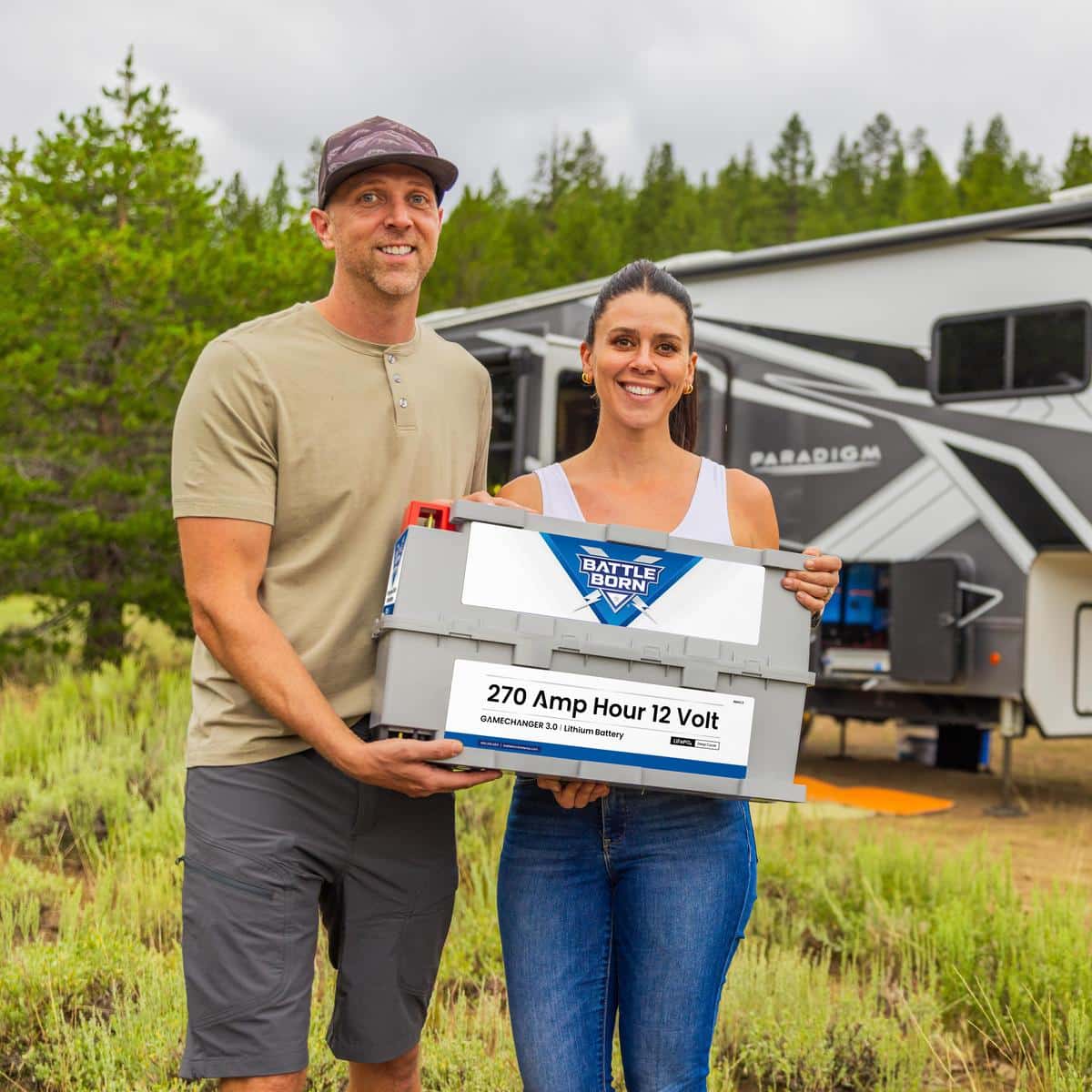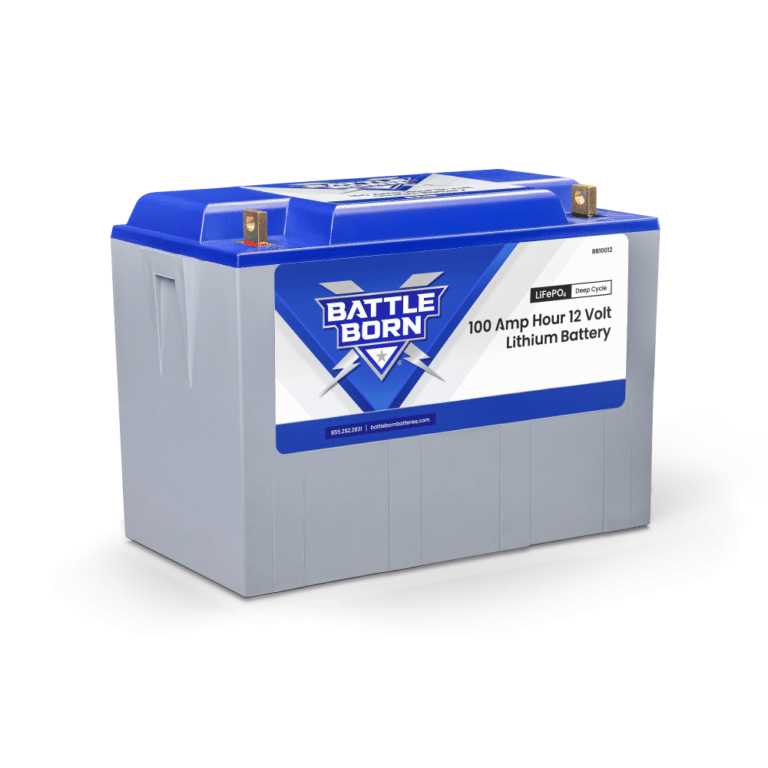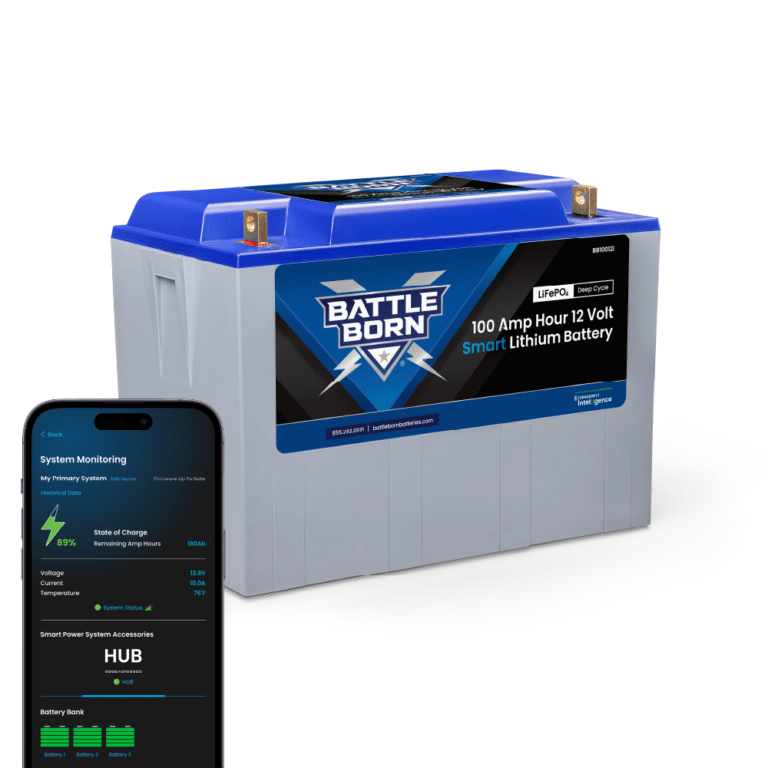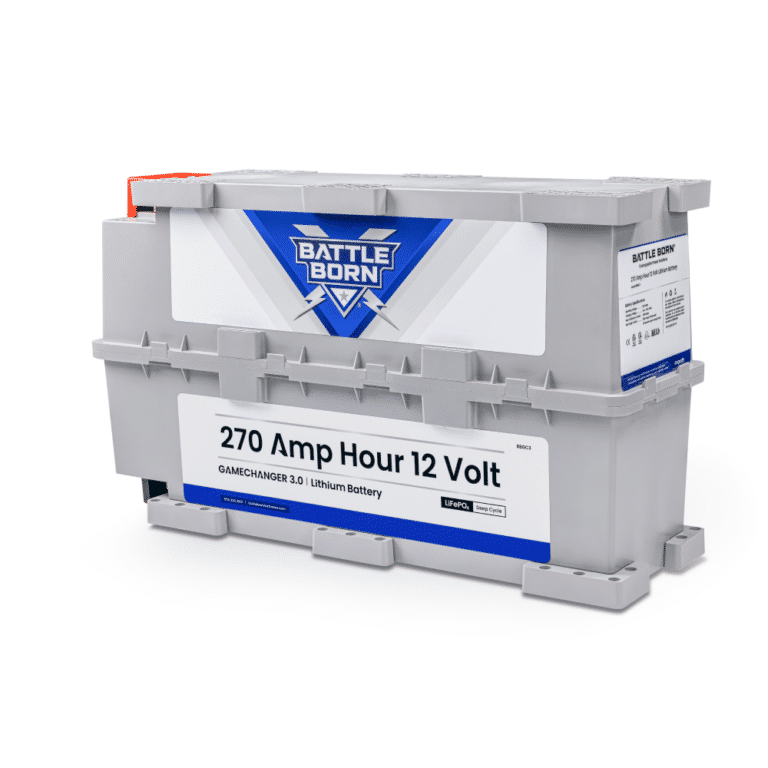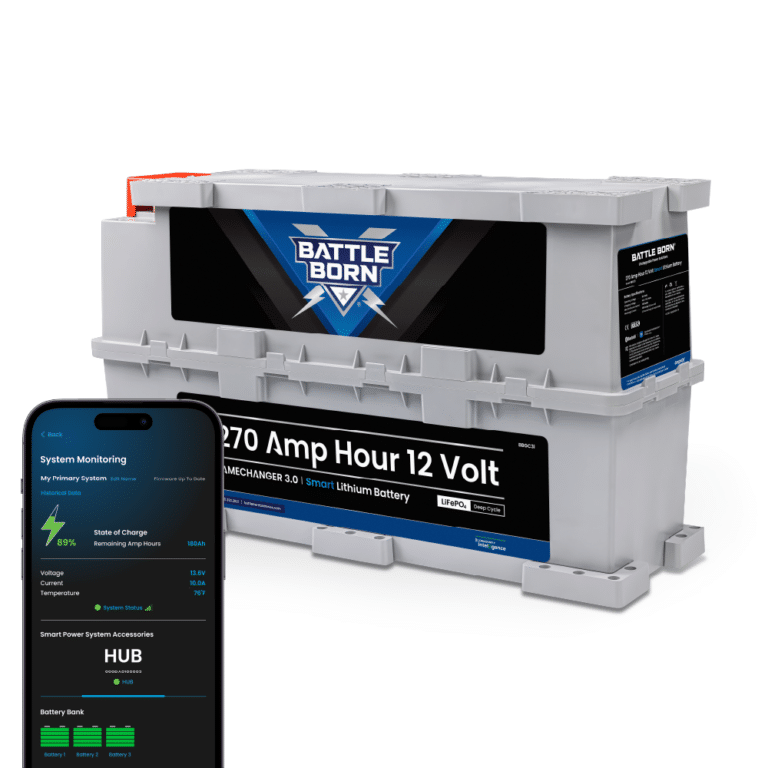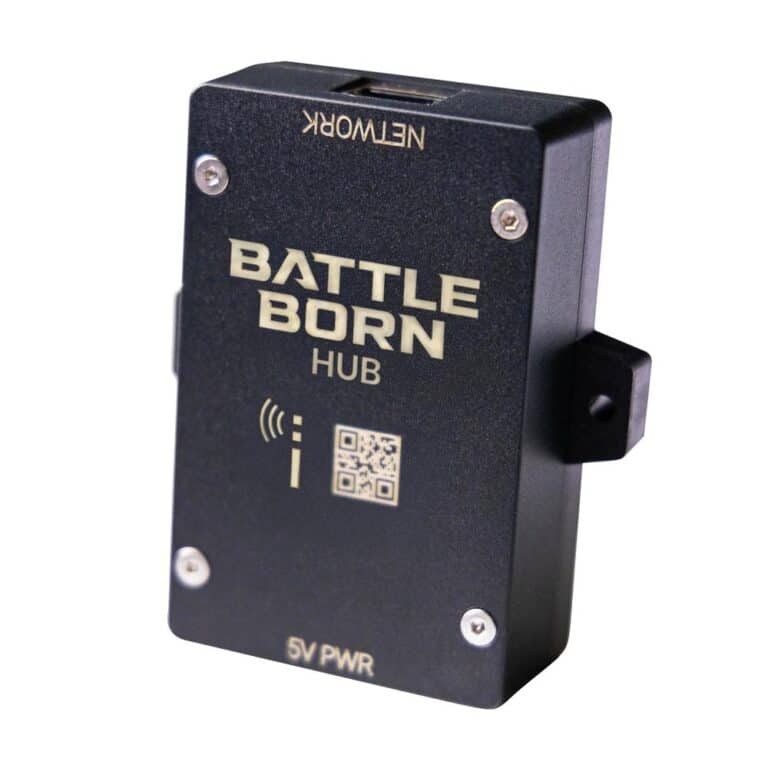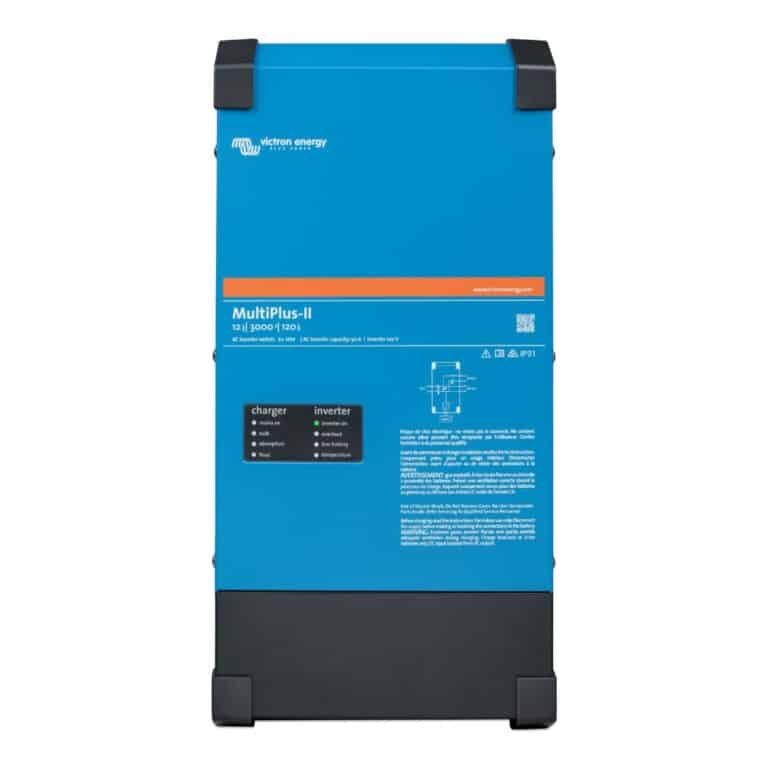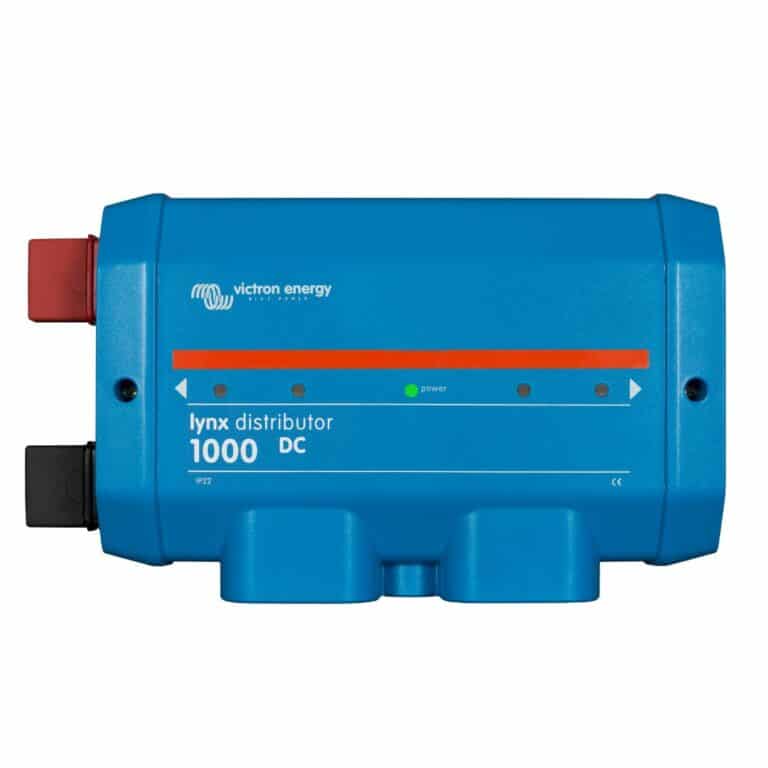Deep cycle lithium batteries are a helpful part of your RV’s power system setup. Targeted upgrades, energy efficiency strategies, specialized accessories, and advance planning all work with Battle Born’s excellent lineup of deep cycle RV batteries to create great on-the-road experiences.
This guide introduces easy-to-follow strategies for improving the performance of your RV power system.
Benefits of Using Battle Born Lithium Batteries
Long Lifespan
Compared to conventional lead-acid batteries, deep cycle lithium batteries offer 10 times the usual lifespan. You can typically recharge Battle Born deep cycle batteries 5,000 times or more, all while extracting up to 100% discharge depth without any adverse memory effects.
Battle Born’s deep cycle batteries carry industry-leading 10-year warranties, but a single battery often lasts 10-15 years or more.
Lightweight Design
Battle Born’s deep cycle lithium batteries have lightweight, highly portable profiles that deliver performance without adding encumbrance. They can provide the same amount of power as a conventional lead-acid battery in about one-quarter of the weight.
Excellent Safety Features
Battery management systems (BMS) function like a battery pack’s brain. They manage and monitor all aspects of the battery’s operational performance and ensure the unit functions within its specified safety margins.
Every Battle Born battery comes with a built-in BMS that’s proprietary to the brand. These systems ward off battery failures and prevent common hazards, such as excessive heat and currents, short-circuiting, and voltage fluctuations.
Energy Efficiency Tips for Off-Grid RVing
By combining high-performance deep cycle lithium batteries with smart approaches to energy efficiency, you can extract even more power and performance from your RV’s energy system. Start with these four cost-effective strategies:
Upgrade to LED Lighting
Light-emitting diode (LED) lighting technologies use 60–70% less energy than conventional alternatives and last far longer. A conventional incandescent light bulb has a typical lifespan of about 1,000 hours, while the average LED bulb supplies about 50,000 hours of light.
LEDs also integrate well with smart lighting systems and are very affordable.
Use Energy-Efficient Appliances
Look for the Energy Star symbol when shopping for or upgrading your RV’s appliances. Energy Star–rated RV appliances meet Environmental Protection Agency (EPA) and Department of Energy (DOE) standards for energy efficiency. They’ll perform just as well as conventional appliances but use a lot less power.
Establish Good Energy Habits
You can also reduce your energy consumption by following the simple, sensible conservation tips you’d use at home:
-
Turn off the lights when you’re not in your RV.
-
Unplug appliances and devices when you’re not using them.
-
Set your heating and cooling controls to the minimum comfortable levels.
-
Wash with cold water.
-
Seal all leaks, gaps, and cracks.
Heat and Cool with RV Shades
RV shades create a radiant barrier that inhibits thermal transfer. They’ll help keep your RV’s interior cooler on hot days and warmer on cold days.
You can supplement with RV insulation, especially around your windows, where thermal transfer typically happens the most. Heavy curtains, specialized plastic films, and reflective coverings all offer effective protection against heat gain and loss.
Essential Accessories for Your Lithium Power System
The right accessories do more than complement your RV’s power system. They can actually be just as essential to your RVing as the power system itself. Begin by considering the components you’ll need to upgrade to lithium batteries. Pay special attention to these essentials:
Inverter Chargers
Inverter chargers facilitate source switching, AC power conversions, and enhanced surge capacities. They’re also very versatile and efficient, which often justifies their higher costs and relatively complex installation needs compared to standalone inverter units.
System Monitors
Battle Born’s lithium batteries come with a built-in BMS, but you may want to invest in a monitoring system for your power system. System monitoring devices constantly check essential performance indicators.
You’ll get real-time updates and alerts if any parameter begins functioning outside of normal ranges. This enables you to take prompt action if a problem arises.
Solar Panels
Solar panels are very popular with RV enthusiasts because they turn sunlight exposure into affordable, clean energy. You can get portable systems for occasional use in sunny conditions or permanent systems that turn your roof into a mini power generation station.
Portable systems cost less up front, but permanent systems deliver more bang for your buck over the long term.
Planning Your Power Needs
Advance planning is essential to the success of your RV power management strategy, especially if you’ve decided to switch to deep cycle lithium batteries. As you develop your conversion strategy, answer these key questions:
Do You Have Enough Space For Your New Lithium Batteries?
Deep cycle lithium batteries come in various sizes, with Group 24, Group 27, Group 31, and 8D batteries being the most common in RV applications. The dimensions, capacity ratings, and use cases vary for each battery type. Planning ahead will ensure your battery capacity and power needs align.
-
The power input needs of the devices and appliances you use in your RV
-
How much time you typically spend off-grid
-
Whether you charge your batteries with shore power, a generator, or solar sources
Use our free Lithium Battery Bank Calculator to help you out. Calculate the wattage of each appliance or device you use and the typical number of hours you’ll use each appliance during a normal day. This will yield your total amp hour requirements, which you can use to inform your power system design.
Will Your New Lithium Battery System be Compatible With Your Existing Power Solutions?
If you’re switching from lead acid to lithium batteries, you’ll need to audit your power system’s features to ensure they’re compatible with your new battery components. Here’s a roadmap to follow when performing this cross-check:
-
Determine the total capacity of your existing power system and plan for your new system to at least match it.
-
Plan to upgrade your RV’s fuse box, inverter, and battery charger for compatibility with the 12.8 volts that lithium batteries typically use. Most lead-acid batteries run at 12 volts.
-
Consider hiring a pro to perform the installation.
Lithium batteries and system conversions often involve significant upfront expenses but can dramatically reduce your long-term energy costs.
Explore Battle Born’s High-Performance RV Lithium Batteries and Accessories
Battle Born’s lithium batteries deliver powerful performance advantages, enhance safety, and help you control costs. They’re especially effective when used alongside smart energy conservation practices and the right accessories. Battle Born also offers a complete lineup of accessory upgrades for your new lithium battery system.

